Can My Cat Eat That? A Real-Talk Guide to Safely Sharing Your Food
After years of working with cats in veterinary clinics and bustling rescue shelters, I can tell you the number one question I get is, “Is it okay for my cat to eat this?” It makes perfect sense. We adore our cats, and sharing food is such a human way to show love. But here’s the thing I’ve learned, often from helping with tough emergency cases: a cat’s body is a completely different universe from ours. A simple snack for you could be a big-time problem for them.
In this article
So, let’s talk about it. This guide isn’t about ditching your cat’s regular food—not at all. A high-quality, commercially formulated cat food is the only way to be sure they’re getting the complete nutrition they need. Think of this as a guide to occasional, safe, and fun treats. We’ll go over what’s safe, how to prep it, and just as important, what to keep far, far away from your cat. My whole goal here is to help you share a tiny, safe treat without a side of worry.
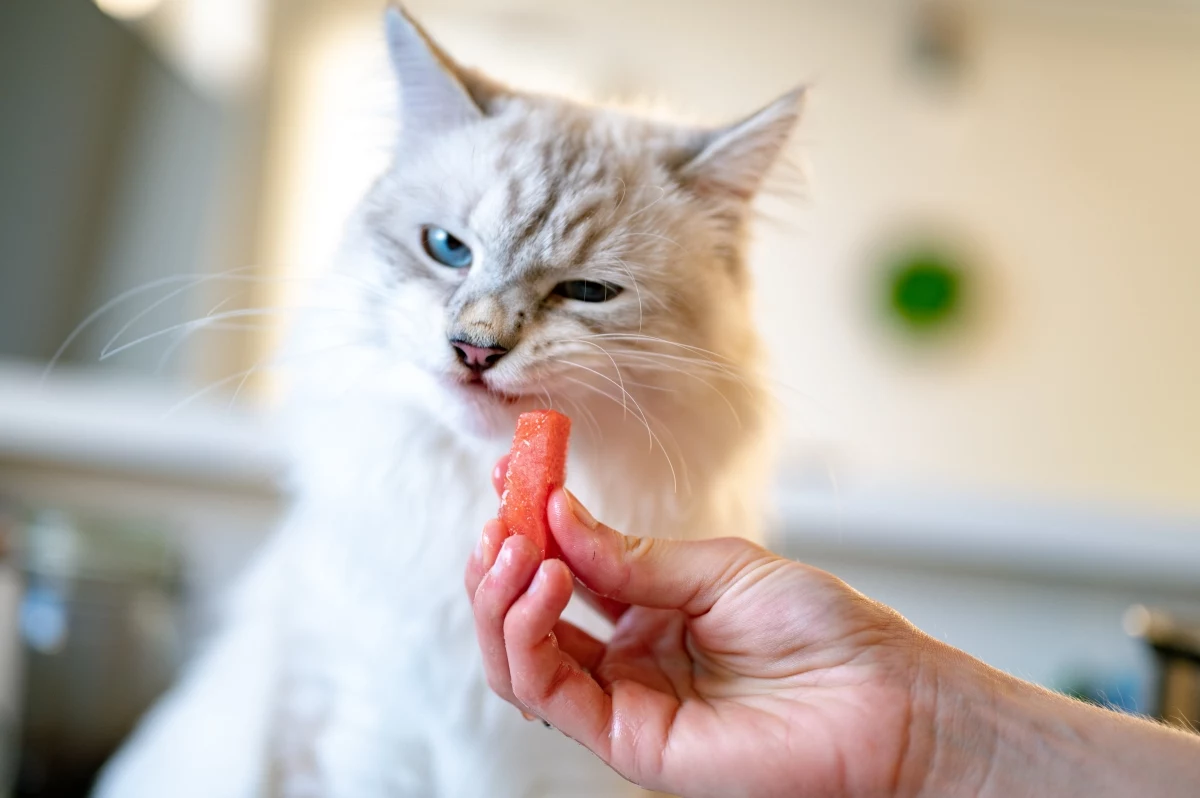
Heads up! Before we even start, if your cat has any health issues—especially kidney disease, diabetes, or a sensitive stomach—you absolutely must talk to your vet before offering any new food. Seriously, no exceptions on that one.
First, Let’s Understand the Tiny Carnivore in Your Living Room
To feed a cat safely, you have to get what a cat is. They are not, and I repeat, NOT small dogs. Cats are what we call “obligate carnivores.” That’s not just a fancy term; it’s the blueprint for their entire body. It means they are biologically built, from their sharp little teeth to their short digestive tract, to thrive on nutrients found only in meat.
Unlike us omnivores, cats have some non-negotiable needs:
- They Run on Protein: Their metabolism is basically always on, breaking down protein for energy, even if carbs or fats are available.
- They Need Specific Amino Acids: Cats can’t make certain amino acids, like taurine, on their own. They have to get it from animal tissue. A taurine deficiency is no joke; it can lead to severe heart conditions and blindness. This is a huge reason why diets that meet established nutritional standards are so critical.
- Carbs Are Not Their Friend: Their digestive system is short and acidic, perfect for breaking down meat fast but pretty terrible at handling a lot of carbohydrates or plant fiber. They’re missing some key enzymes for that job.
When we offer them human food, we’re basically guests in their very specialized system. That’s why a little knowledge goes a long way. A treat is a treat. It’s a tiny bonus, not a meal.
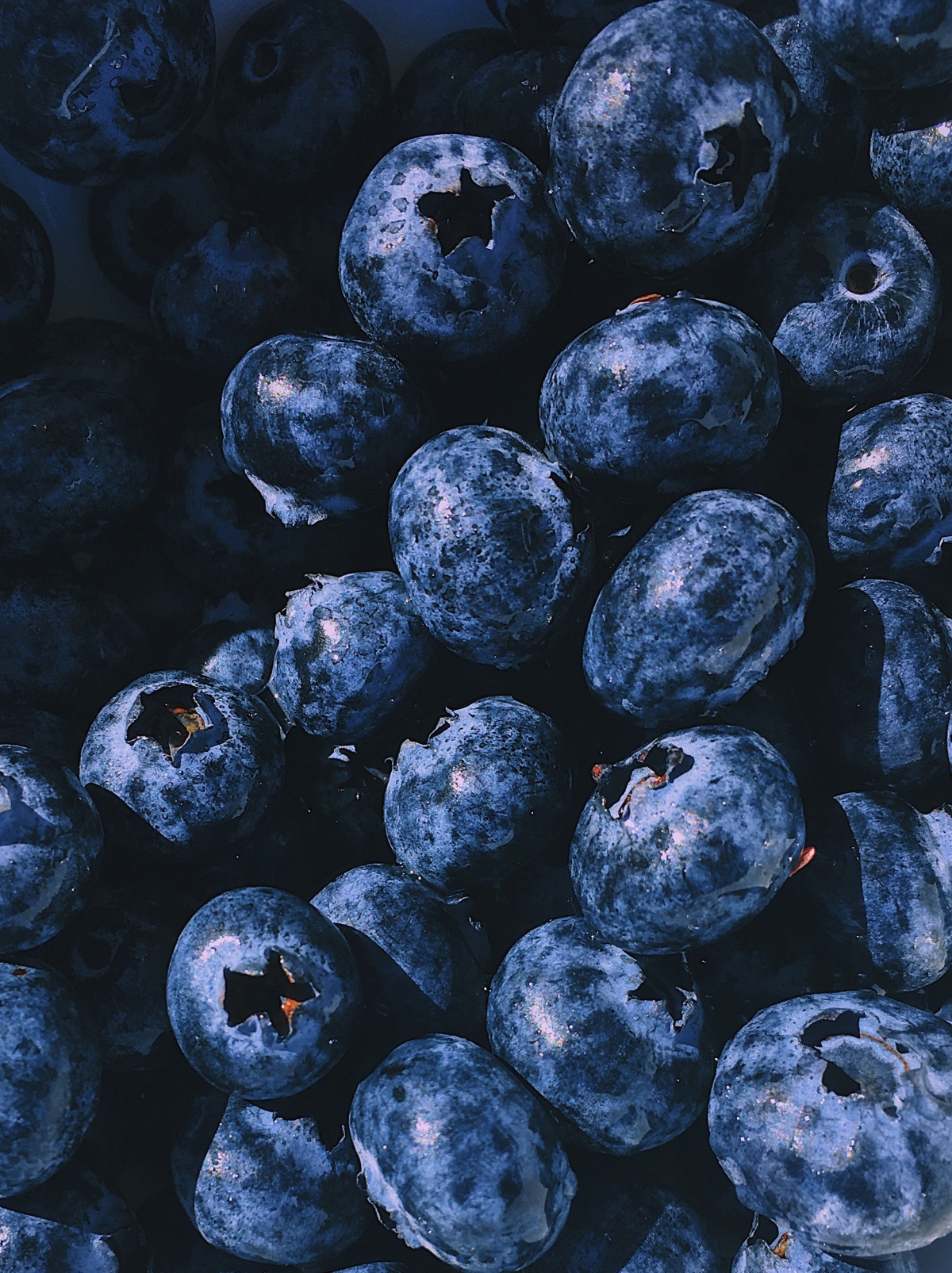
The 10% Rule: What It Really Looks Like
In the vet world, we have a simple guideline called the “10% rule.” It just means that treats, including any human food, shouldn’t make up more than 10% of your cat’s total daily calories. And honestly, this is a lot less food than most people imagine.
An average 10-pound indoor cat usually needs around 200-250 calories a day. So, 10% of that is just 20-25 calories. For a little context, a single ounce of plain, cooked chicken breast is nearly 50 calories. That means a proper treat is often just a piece the size of your thumbnail. For example, a tablespoon of scrambled egg is about 25 calories, and a single blueberry is less than one calorie. See the difference?
So, how do you figure out your cat’s specific needs? A good rule of thumb is about 20-25 calories per pound of their ideal body weight. But for the most accurate number, a chat with your vet is always your best bet. Ignoring this rule is probably the most common mistake I see, and it can lead to obesity and picky eating habits down the road.
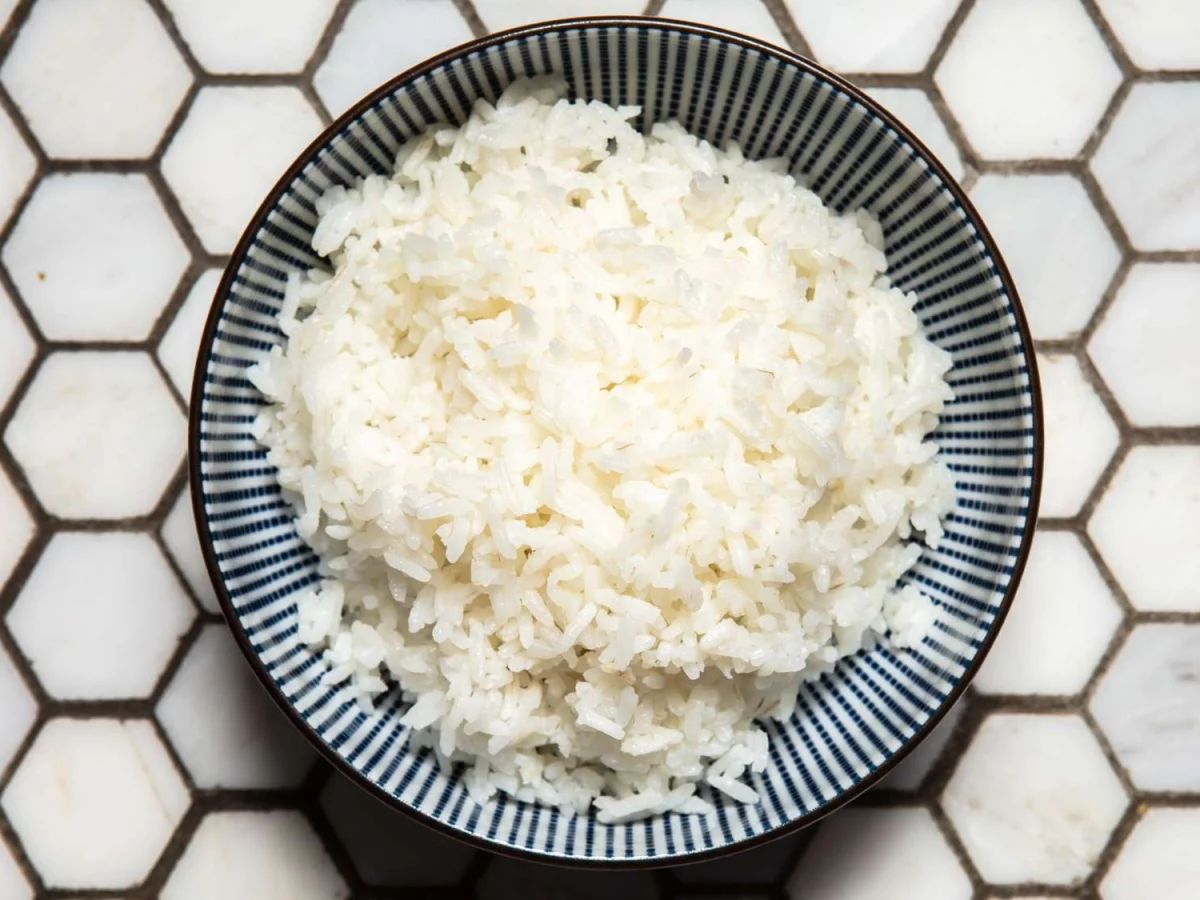
Since cats are carnivores, plain cooked protein is your safest bet. But how you prepare it is EVERYTHING. A piece of that delicious seasoned chicken from your dinner plate is a totally different thing than a piece of chicken cooked specifically for your cat.
Cooked Chicken or Turkey
This is my top pick. It’s lean, packed with protein, and easy on most feline stomachs.
- How to Prep It: The only safe way is to boil or bake it completely plain. No salt, no garlic powder, no onions, no oils. I can’t say this enough. I usually just poach a boneless, skinless chicken breast in plain water.
- How to Serve It: Let it cool, then shred it or chop it into tiny, pea-sized pieces to prevent any choking risk.
- Pro Tip (and Time Saver!): On a Sunday, poach one plain chicken breast (which costs just a few bucks, maybe $3-$5 at the store). Once cool, shred it and put thumbnail-sized portions into an ice cube tray. Add a little water and freeze. Boom—you have perfectly portioned, single-serving treats ready to go for weeks! Just pop one out to thaw when you need it. In the fridge, plain cooked chicken is good for about 3-4 days.
- CRITICAL WARNING: Never, ever give a cat cooked bones. They become brittle and can splinter, causing choking or devastating internal injuries. It’s an avoidable emergency.
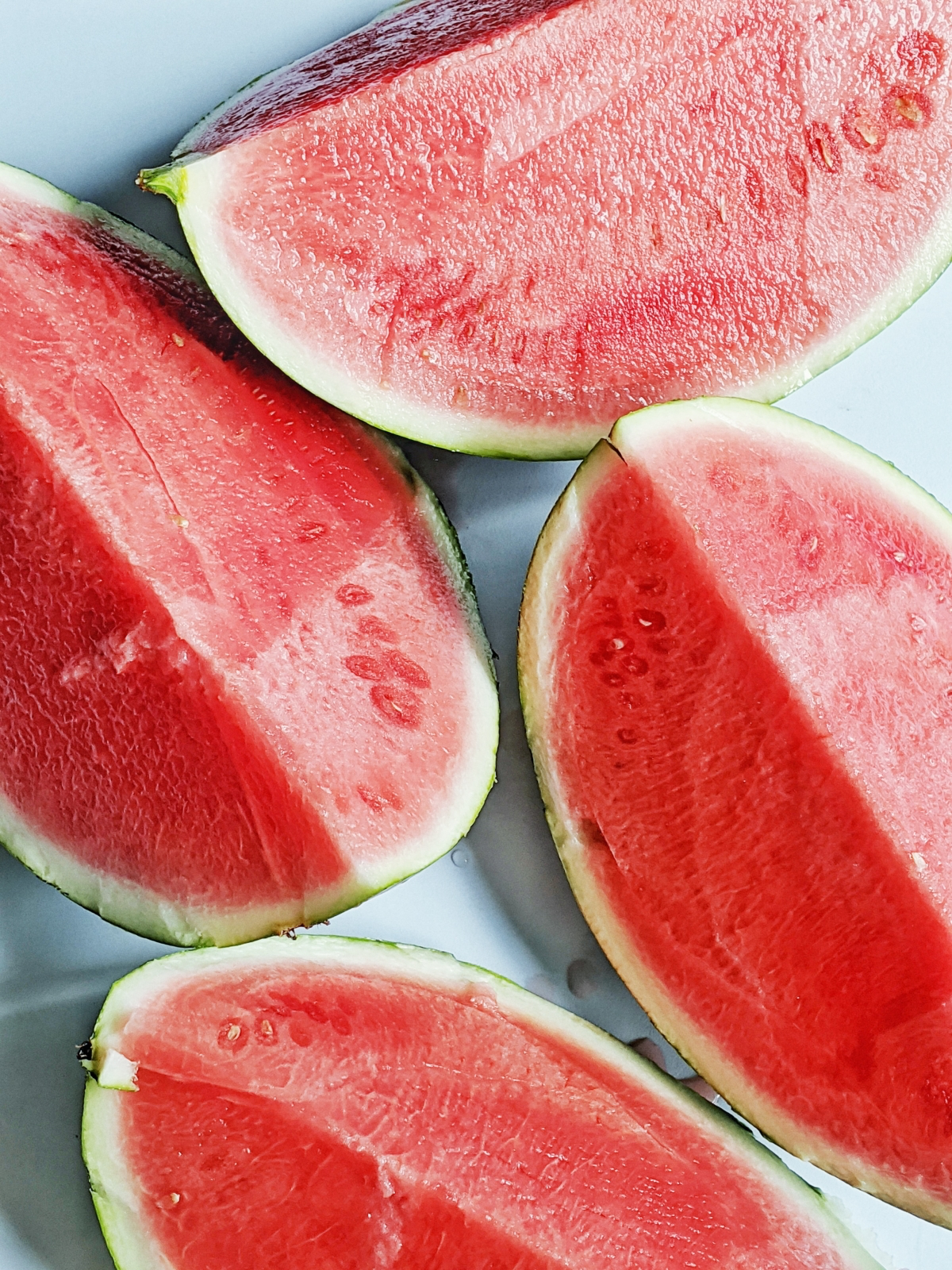
Cooked Lean Beef, Pork, or Lamb
Other meats can be okay, too, but they’re often fattier than poultry, so portion control is even more important. Stick to lean cuts like sirloin for beef, or small amounts of cooked pork or lamb with all the fat trimmed off. Cook it thoroughly (no seasonings!) and blot it with a paper towel to soak up any extra grease. To be frank, I usually save these richer meats for cats who are underweight and need a little encouragement to eat, under a vet’s guidance.
A quick but important note on this: DO NOT give your cat deli meat. Even the “plain” turkey or ham is absolutely loaded with sodium and preservatives that are terrible for them.
Cooked Fish
We all know cats love fish, but it’s a treat that comes with some serious fine print. It should be a rare indulgence, not a daily thing.

- Good Choices: Oily fish like salmon or mackerel are full of omega-3s, which are great for their coat. Canned tuna packed in water (never oil) is another common one.
- Why It Must Be Cooked: Some raw fish contains an enzyme that destroys thiamine, an essential B vitamin for cats. A deficiency can cause scary neurological issues. Cooking gets rid of this problem.
- My Two Cents: I recommend limiting fish to once a week, tops. First, you risk creating a “tuna junkie” who refuses to eat their normal, balanced food. Second, big predator fish can accumulate heavy metals like mercury. Small, infrequent servings keep this risk low.
Cooked Eggs
Eggs are a fantastic source of protein. Just make sure they’re cooked. Raw eggs carry a risk of Salmonella, and raw egg whites contain a protein that interferes with vitamin absorption. Scramble them plain (no butter, no salt) or hard-boil them, then chop them up. A whole egg is way too much—a reasonable treat is about one tablespoon of the cooked, chopped egg.
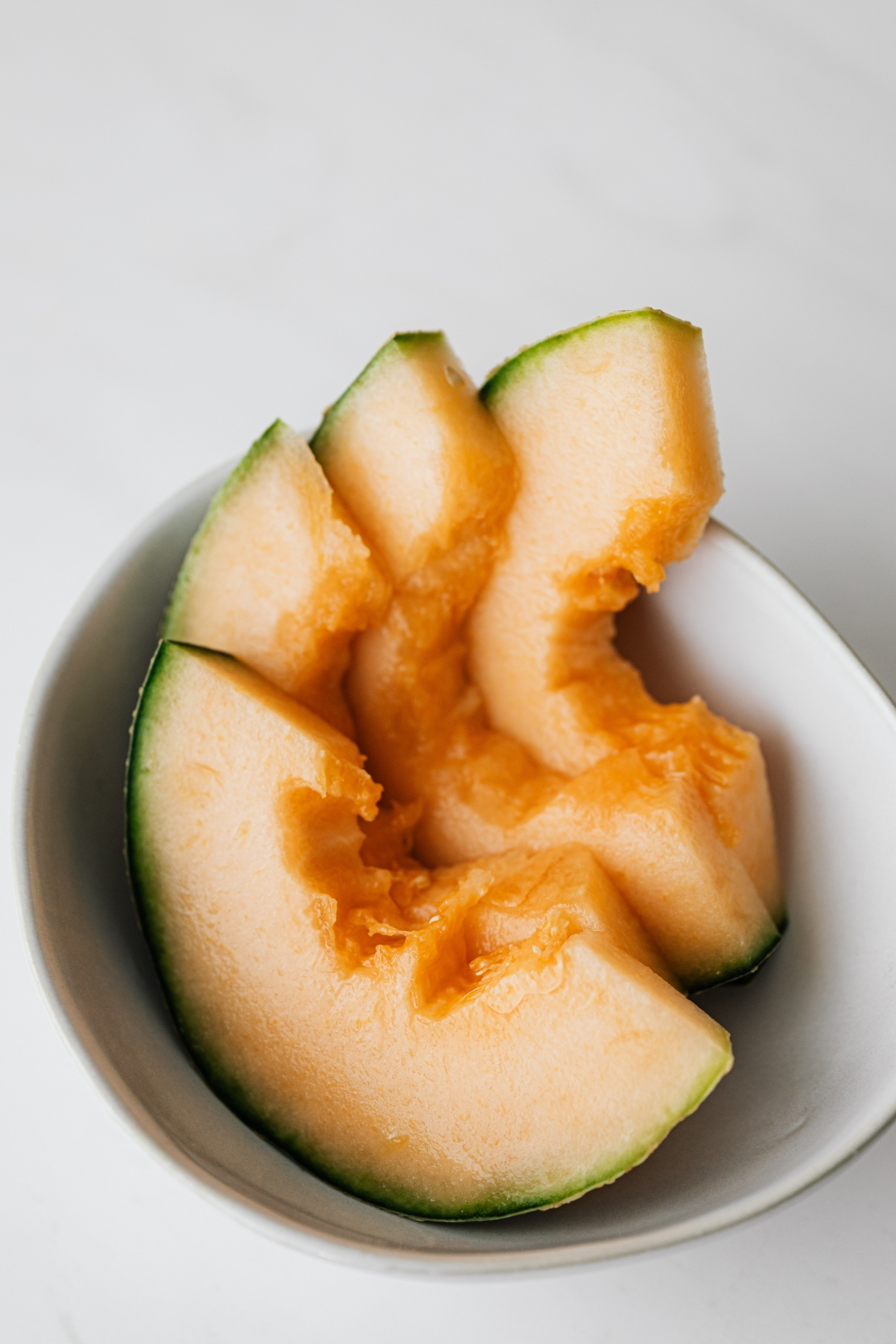
Vegetables & Fruits: The “Maybe” Pile
While cats don’t need veggies, a few can be safe. But honestly? Most cats will sniff them and walk away. Don’t be offended; it’s just not in their nature. But for the curious few…
Plain, canned pumpkin (NOT the sugary pie filling) is a superstar. You can find it at any grocery store for about $2 a can. The fiber is amazing for mild digestive issues like constipation or diarrhea. Just a half-teaspoon mixed into their food can work wonders. You can freeze the leftovers in an ice cube tray for later!
Steamed carrots, green beans, peas, or even small bits of cantaloupe or blueberries are generally safe. Just make sure they are cooked soft, cut into tiny pieces, and given in very small amounts. (By the way, fun fact: cats don’t have taste receptors for sweetness, so if they like a fruit, it’s probably for the texture or moisture!)
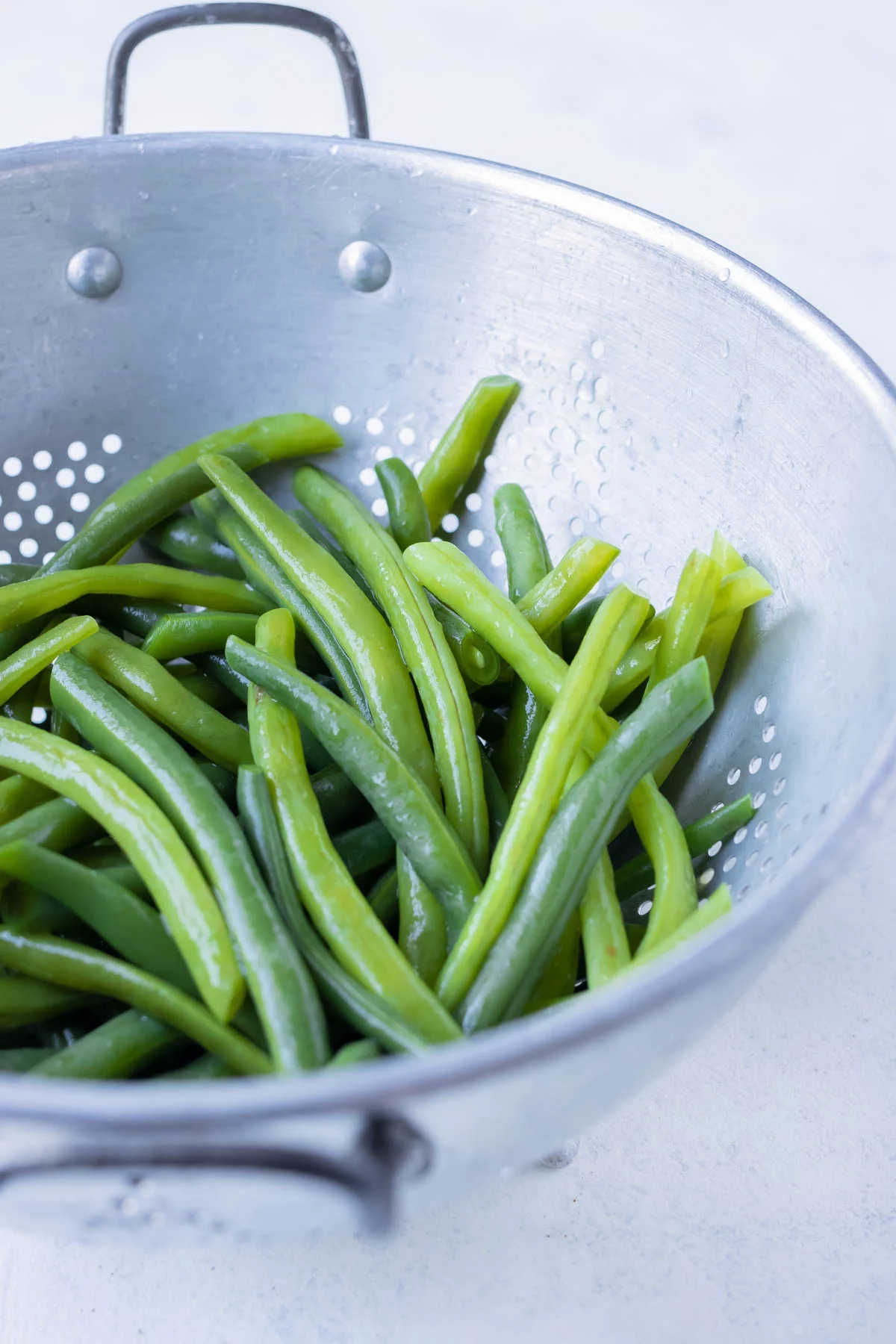
Dairy: A Common Misconception
That image of a cat happily lapping up a saucer of milk? It’s mostly a myth. Most adult cats are lactose intolerant, and giving them milk or cheese is a shortcut to an upset stomach and diarrhea. A tiny lick of plain, unsweetened yogurt is usually okay because the cultures break down some of the lactose, but check the label to make sure it doesn’t contain the toxic sweetener xylitol.
DANGER ZONE: An Absolute “NO” List
This section is non-negotiable. I’ve seen the heartbreak that comes from a cat eating these foods. Keep them locked away. If you suspect your cat has eaten any of these, call your vet or the ASPCA Animal Poison Control Center immediately. Don’t wait for symptoms.
The number to have on your phone is (888) 426-4435. (Good to know: a consultation fee may apply, but it’s worth every penny in an emergency.)
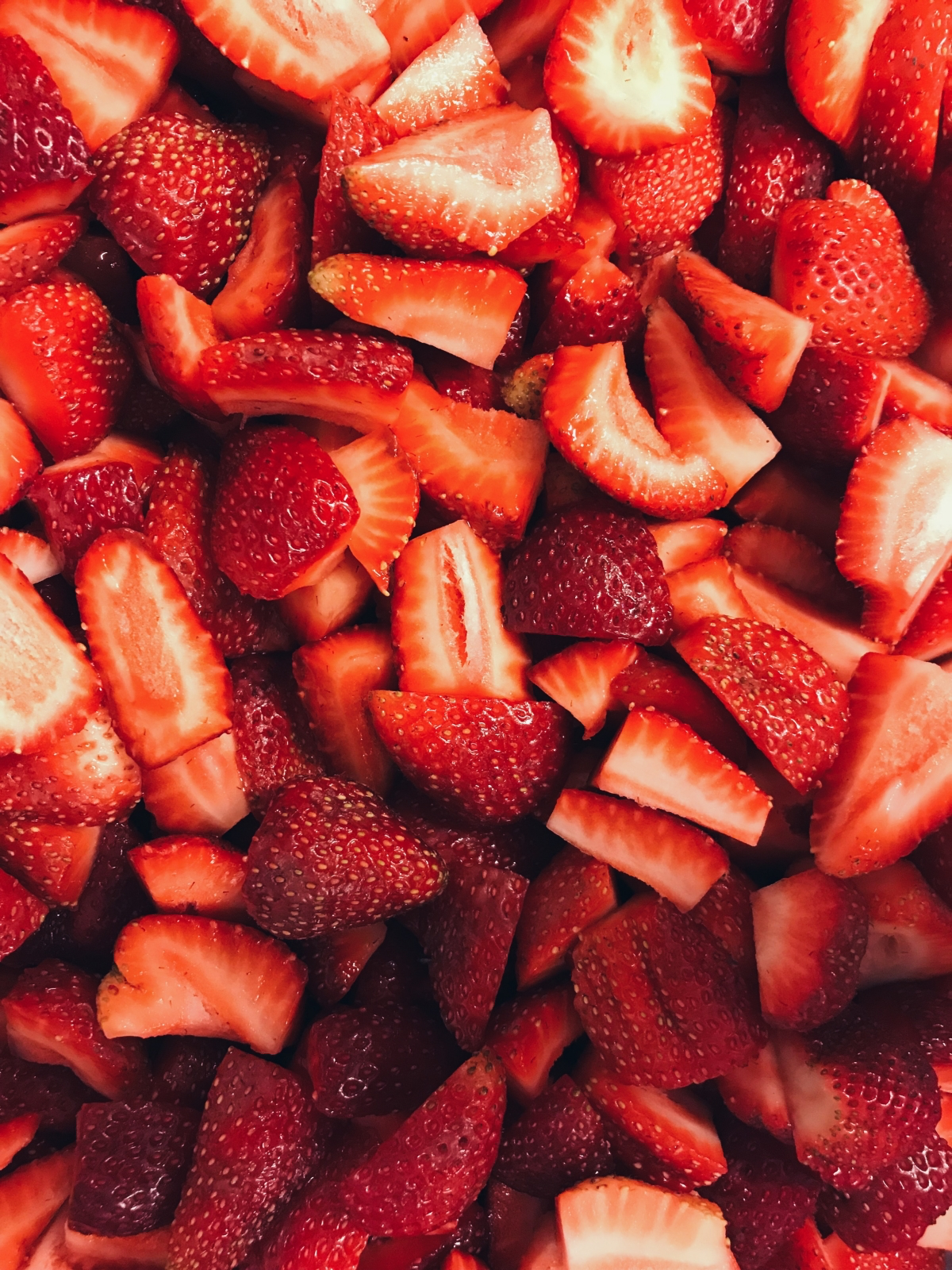
- Onions, Garlic, Chives: Extremely toxic. They destroy a cat’s red blood cells. Powdered, cooked, or raw—it’s all dangerous.
- Grapes and Raisins: Can cause sudden, severe kidney failure. Even one can be fatal.
- Chocolate: Contains stimulants that can cause seizures and heart failure in cats. Dark chocolate is the worst.
- Alcohol: Cats are tiny and can’t process it. Even a small amount is poison.
- Xylitol: An artificial sweetener in gum, candy, peanut butter, and some yogurts. It’s incredibly toxic and causes liver failure. ALWAYS check labels.
- Caffeine: Coffee, tea, soda… keep it away. It can be fatal.
- Raw Yeast Dough: The dough can expand in the stomach, causing a painful blockage, and the yeast produces alcohol as it ferments.
- Dog Food: A stolen kibble isn’t a crisis, but a steady diet of dog food will lead to severe nutritional deficiencies.
Final Gut Check: When to Call the Pros
Sharing a tiny treat can be a lovely bonding moment. But it comes with a huge responsibility. By understanding their unique biology, sticking to that 10% rule, and knowing the real dangers, you can offer a snack that’s both loving and safe. The health of your furry friend always, always comes first.
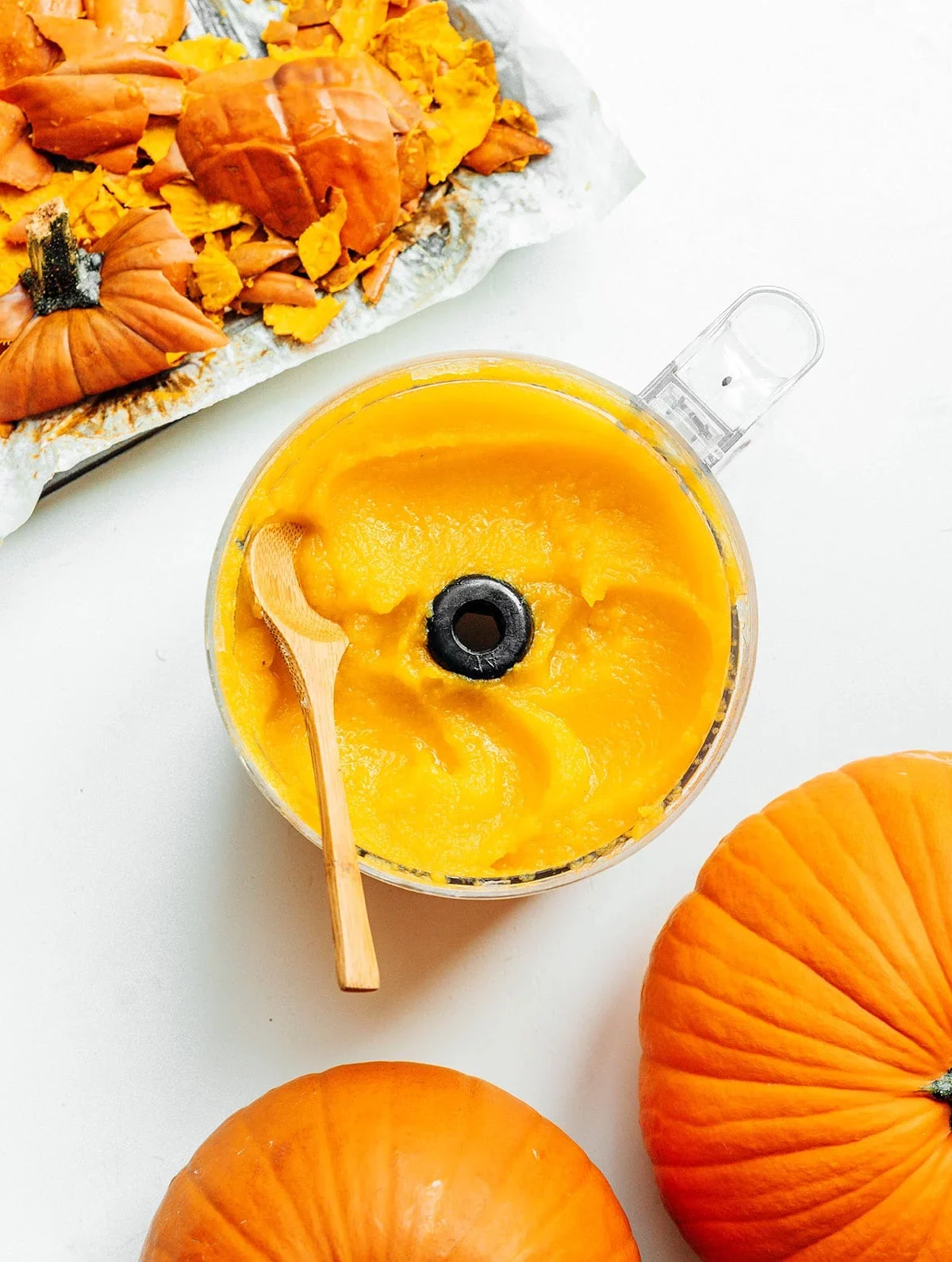
Galerie d’inspiration
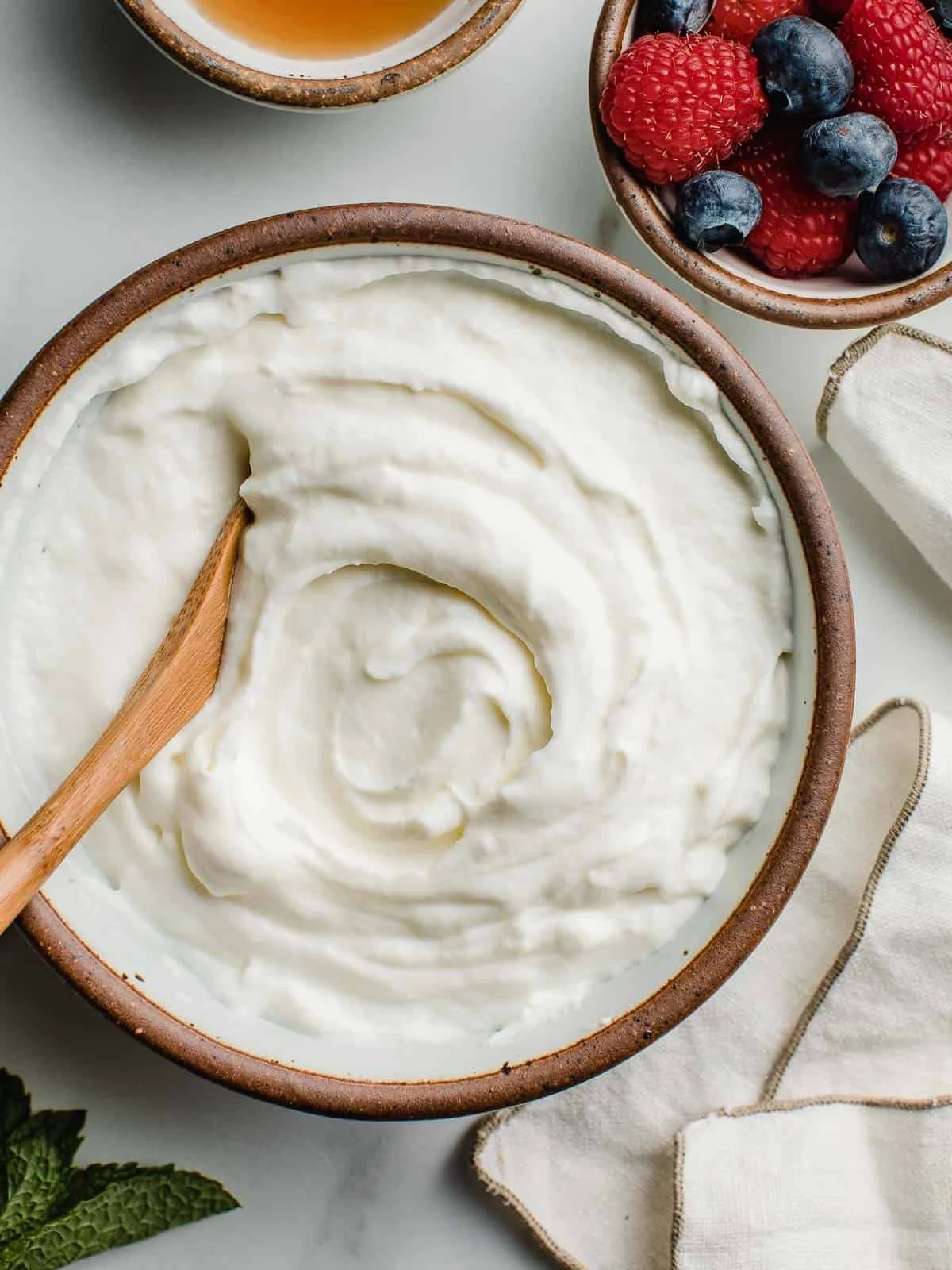
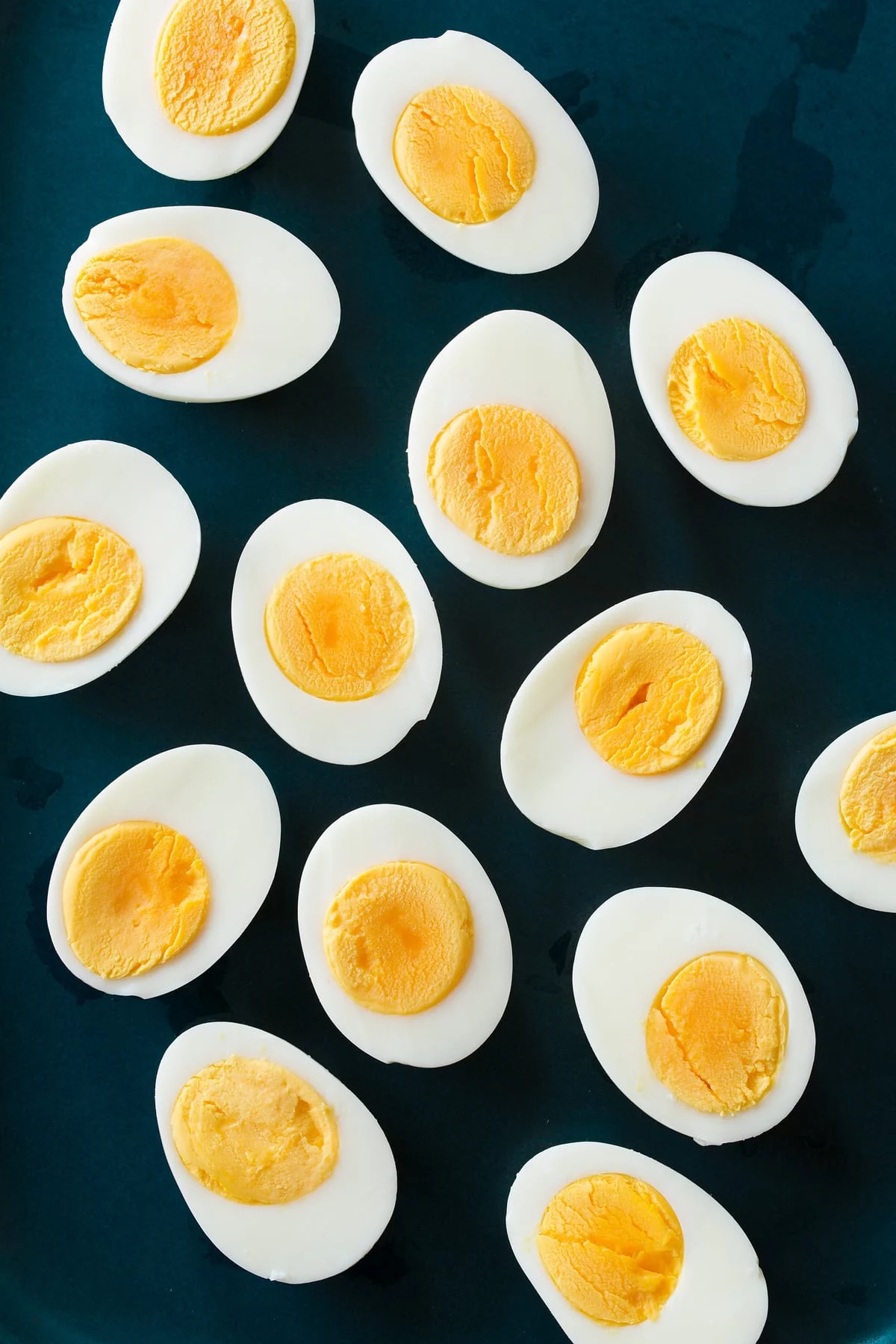
Just how much is a
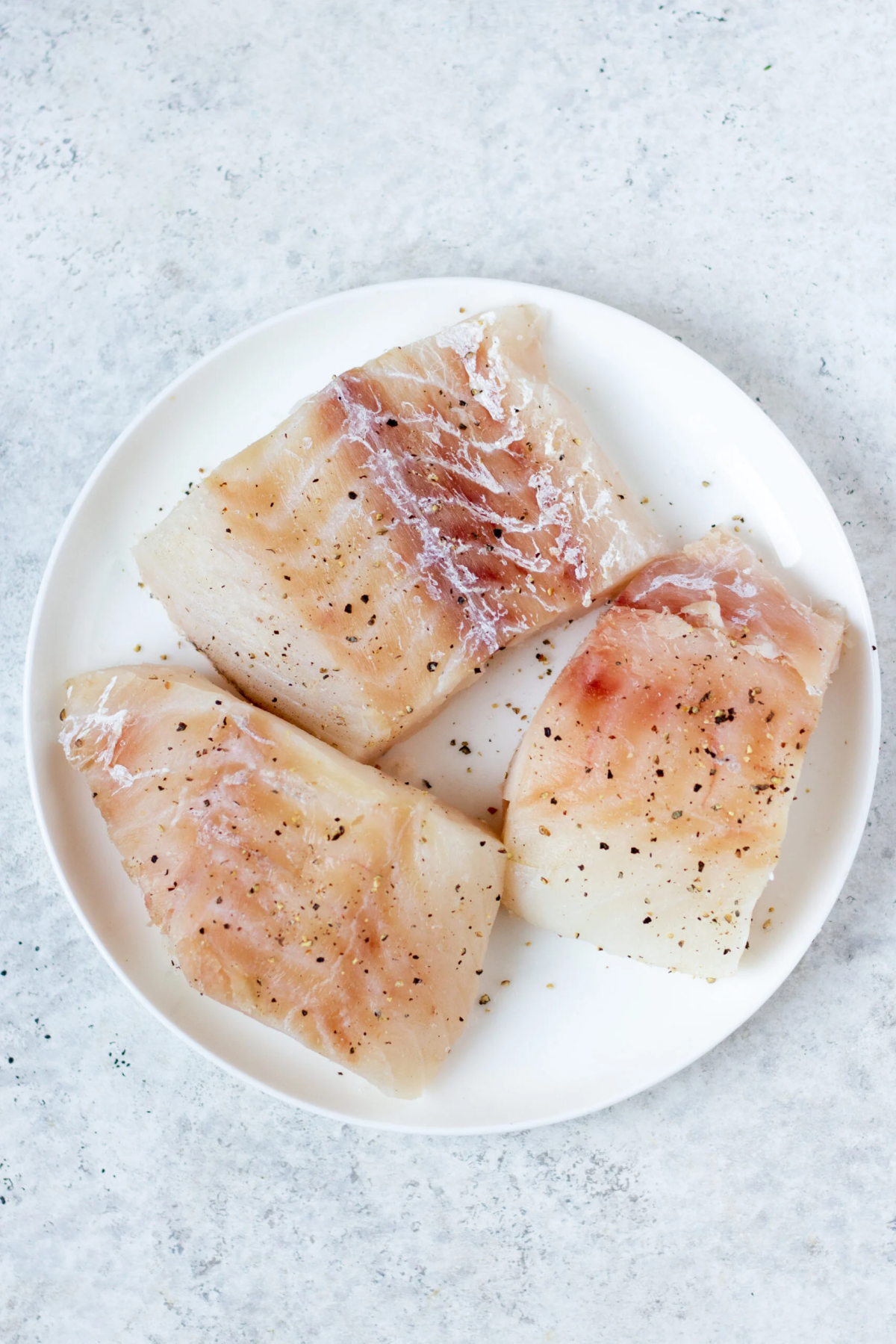
Did you know? The classic image of a cat lapping up a saucer of milk is a myth. Most adult cats are actually lactose intolerant.
Just like many humans, cats lose the enzyme needed to digest lactose (milk sugar) after they are weaned. Giving them cow’s milk can lead to uncomfortable bloating, gas, and diarrhea. If you want to offer a creamy treat, a tiny lick of plain, unsweetened yogurt is a better choice as its live cultures have already broken down some of the lactose. For a truly safe option, consider a specially formulated ‘cat milk’ like Pet-Ag’s CatSip, which is lactose-free.
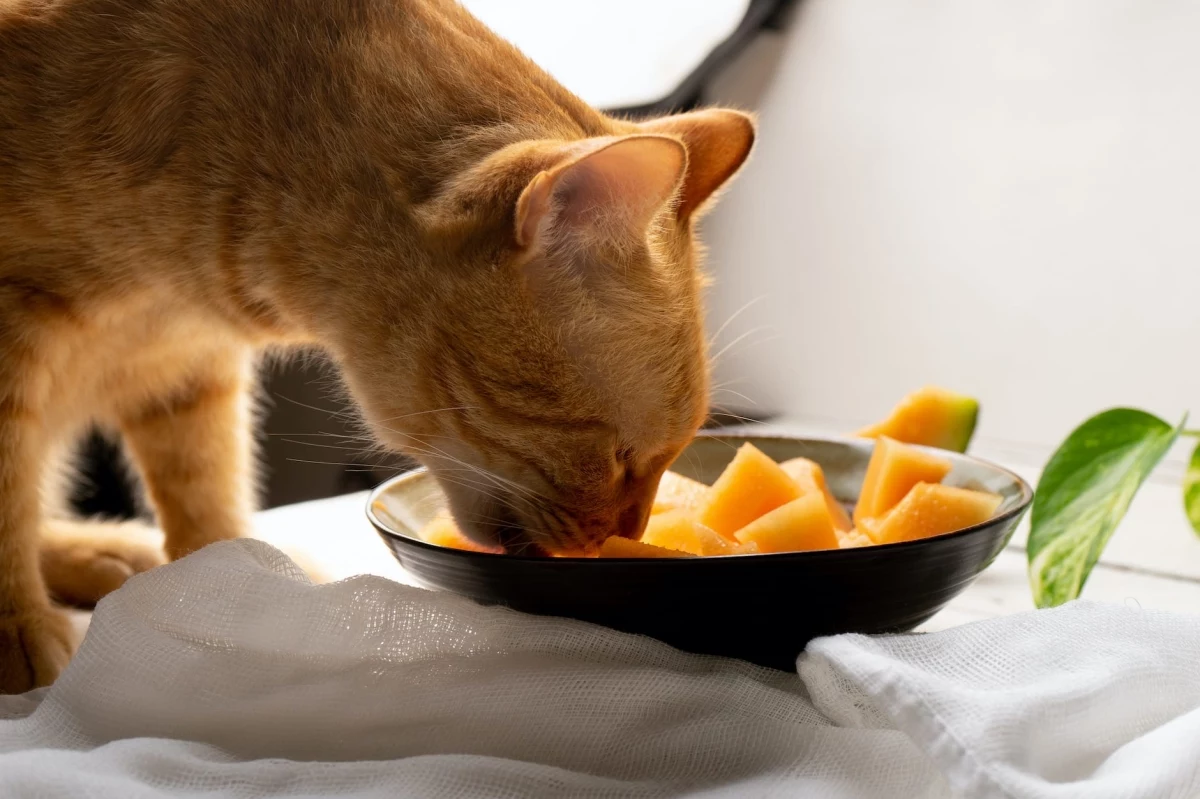
Onions & Garlic: These kitchen staples, part of the allium family, contain compounds that can damage a cat’s red blood cells, leading to a dangerous form of anemia. Even the small amount in broths or powders is toxic.
Grapes & Raisins: While the exact toxin is unknown, even a small quantity can cause sudden and severe kidney failure in cats. It’s one of the most serious food-related dangers.
The takeaway? These are absolute no-gos, in any form.
Beyond the ‘what’, consider the ‘how’. A cat’s enjoyment of a treat is also about the experience. Offer tiny, shredded, or minced pieces that are easy for them to manage. Temperature matters, too! Cats often prefer their food at a lukewarm, body-like temperature, which mimics fresh prey and enhances the aroma. A cold piece of chicken straight from the fridge might be less appealing than one that’s sat on the counter for a few minutes.










